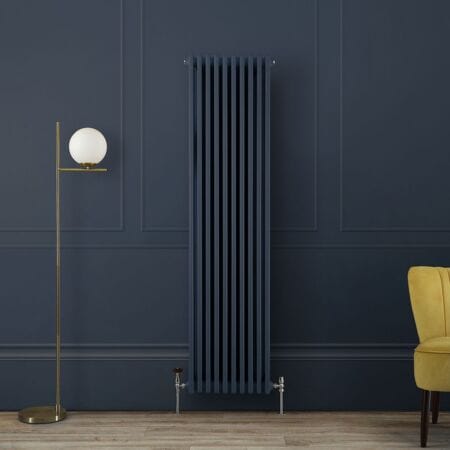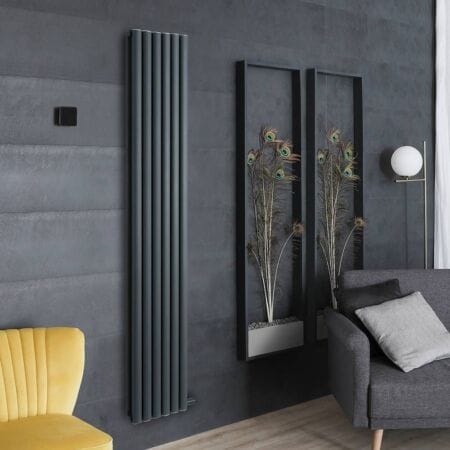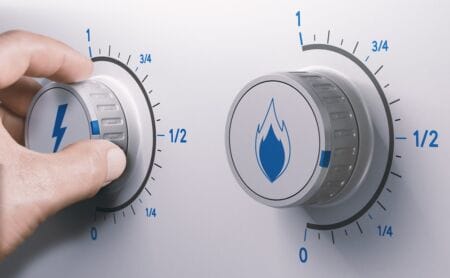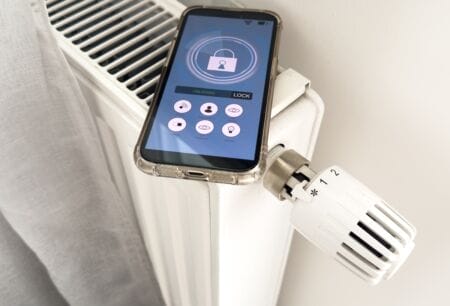Contents
ToggleWhat we’ll cover…
Installing TRVs can boost your heating efficiency – this guide explains how to choose the right style and size, what tools you’ll need, and how to fit them safely, plus essential tips on system refilling, bypass radiators, and bathroom exceptions.
How to fit valves to a radiator
In this guide, we show you how to upgrade your old radiator valves with TRV’s.
By doing this you’ll be improving the efficiency of your heating system.
Watch the video guide or follow the simple steps below for full instructions on how to install TRV’s to a radiator.
Before buying TRV’s you’ll need to decide what style you want – angled or straight – use our Radiator Valve Guide to help you make the right choice.
Also, it’s important that one radiator in the house hasn’t got a TRV fitted, this is to create a bypass should all the TRV’s knock off.
What tools do I need?
You will require –
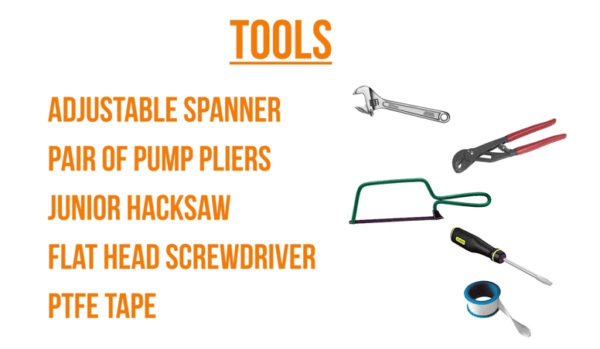
How do I install TRVs?
So let’s get started on putting some new valves on your radiator!
Step 1 – Remove the old valve
Begin by removing the old radiator valve and tail using the pump pliers and an adjustable spanner.
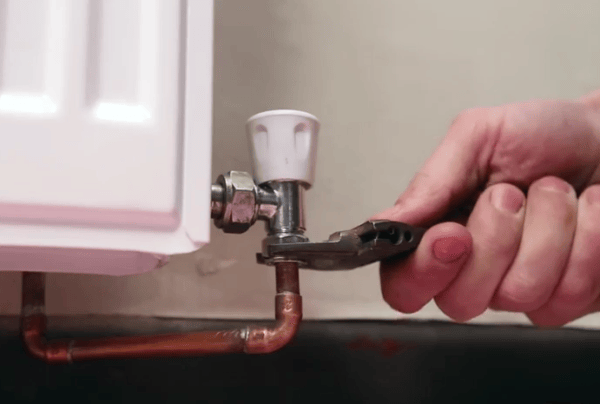
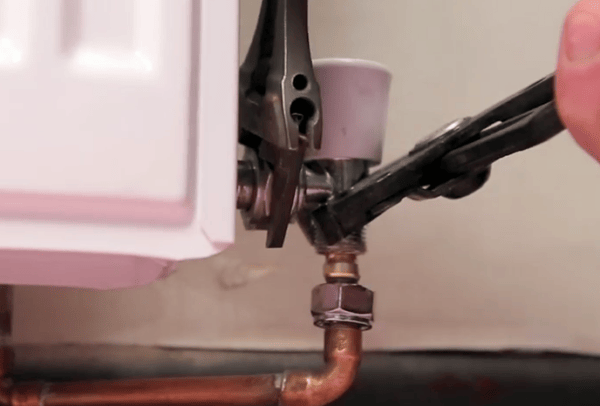
Step 2 – Cut the olive
Using the hacksaw cut a line through the olive, but be careful not to nick the copper pipe.
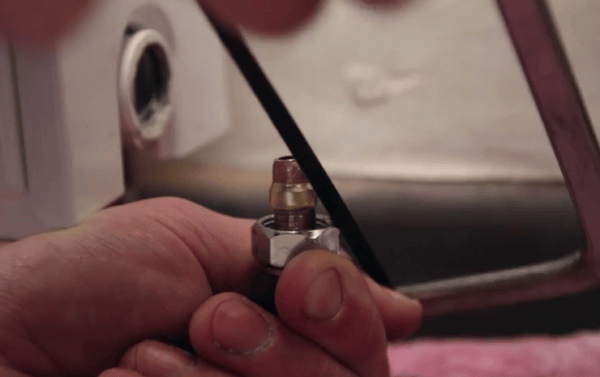
Step 3 – Split & remove the olive
Using the flat-headed screwdriver split the olive and remove it.
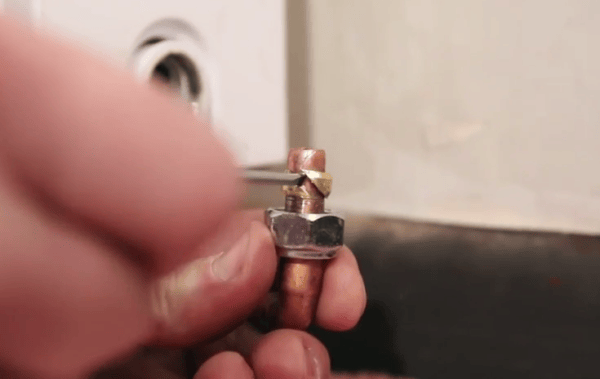
Step 4 – Wrap up your new valve tail
Once that’s done, wrap the PTFE tape clockwise around the radiator valve approximately 17 times.

Step 5 – Insert tail & fit valve
Put the valve onto the tail and knock it on with the adjustable spanner to ensure it’s fully pushed into the valve.
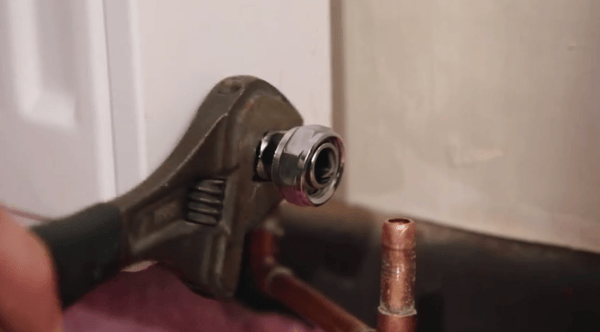
Then, hold the valve with the pump pliers and nip up the tail nut using the adjustable spanner.
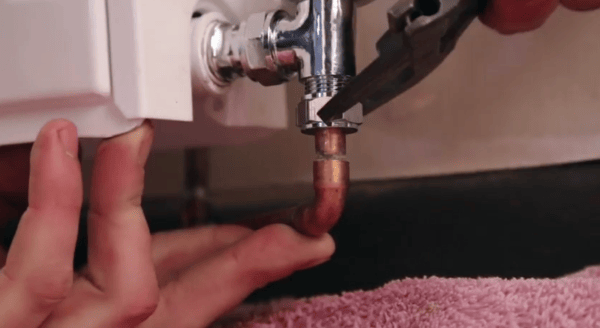
Once the TRV’s are fitted you’ll then need to fill the system back up.
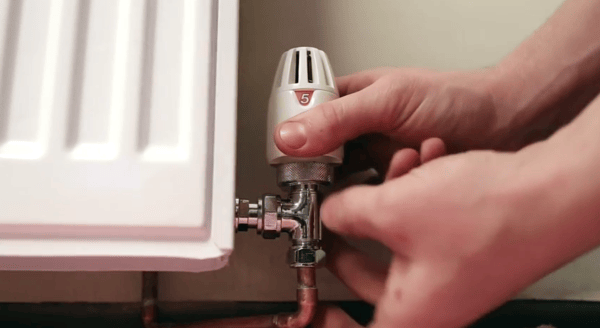
Don’t forget to let us know!
If you’ve got any burning questions or need advice from the experts, be sure to send in your questions.
We may feature them in our next blog post, too. Questions can be sent via the comments section below, Facebook or Twitter.
Please note: Our ‘How-To’ manuals are intended only as a guide to assist you with common home heating tasks. Please do not attempt to undertake this task if any of the instructions are unclear, or if you are in any doubt about what to do. Instead, seek advice from a professional.
Frequently Asked Questions
It is not a good idea to fit TRVs to your bathroom radiator, simply because the TRV will not work properly.
TRVs have their own thermostat to control the temperature of the room. So, the heat caused from having a hot shower or bath can confuse the TRV or shut it down completely.
Not ideal if you were hoping to get wrapped up in a nice warm towel!
For more information on TRVs, check out our Thermostatic Radiator Valve Guide.
Yes.
A thermostatic radiator valve, or TRV, can be fitted to a towel radiator, and will provide the exact same functionality is it does when installed alongside a standard designer radiator.
However, it is best not to install a TRV on a towel radiator in your bathroom, as the steam and heat from the bath and shower can cause the TRV to malfunction and not operate correctly.
Most modern thermostatic radiator valves are bi-directional – so can be fitted on either the flow or return pipe of your radiator.
However, it’s always best practice to fit the TRV on the flow pipe that enters your radiator.
If a non-bi-directional thermostatic valve is fitted to the return side of the radiator, it can make a loud vibrating noise when water tries to pass through it.
It’s best to check the product thouroughly before installation and look for flow indicators where possible.
To discover more about thermostatic radiator valves, take a look at our complete range of TRVs and learn why they’re important in our ultimate guide to TRVs.
You should replace your thermostatic radiator valves (TRVs), or at least upgrade the TRV heads, if they are 10 or more years old.
TRVs can decline in terms of performance and accuracy over time.
To learn more about what TRVs are and why they may be beneficial, check out our guide to Thermostatic Radiator Valves.
And, if you’re considering changing yours, take a look at our comprehensive Radiator Valve Guide.
Thermostatic radiator valves (TRVs) offer several benefits, assisting your radiators to operate in an energy efficient manner for long-term savings on your heating bills.
Find out more in our Advice Centre blog, What are Thermostatic Radiator Valves (TRVs)? or consult our Radiator Valve Guide.

John Lawless is SEO Manager at BestHeating and a recognised expert in home heating. With over a decade of experience in the industry, he blends technical insight with practical advice on everything from energy efficiency to radiator design, and more. John’s work has featured in national media and leading home & garden publications, and he leads the editorial strategy for the BestHeating Advice Centre – helping homeowners make smarter heating choices with confidence.

